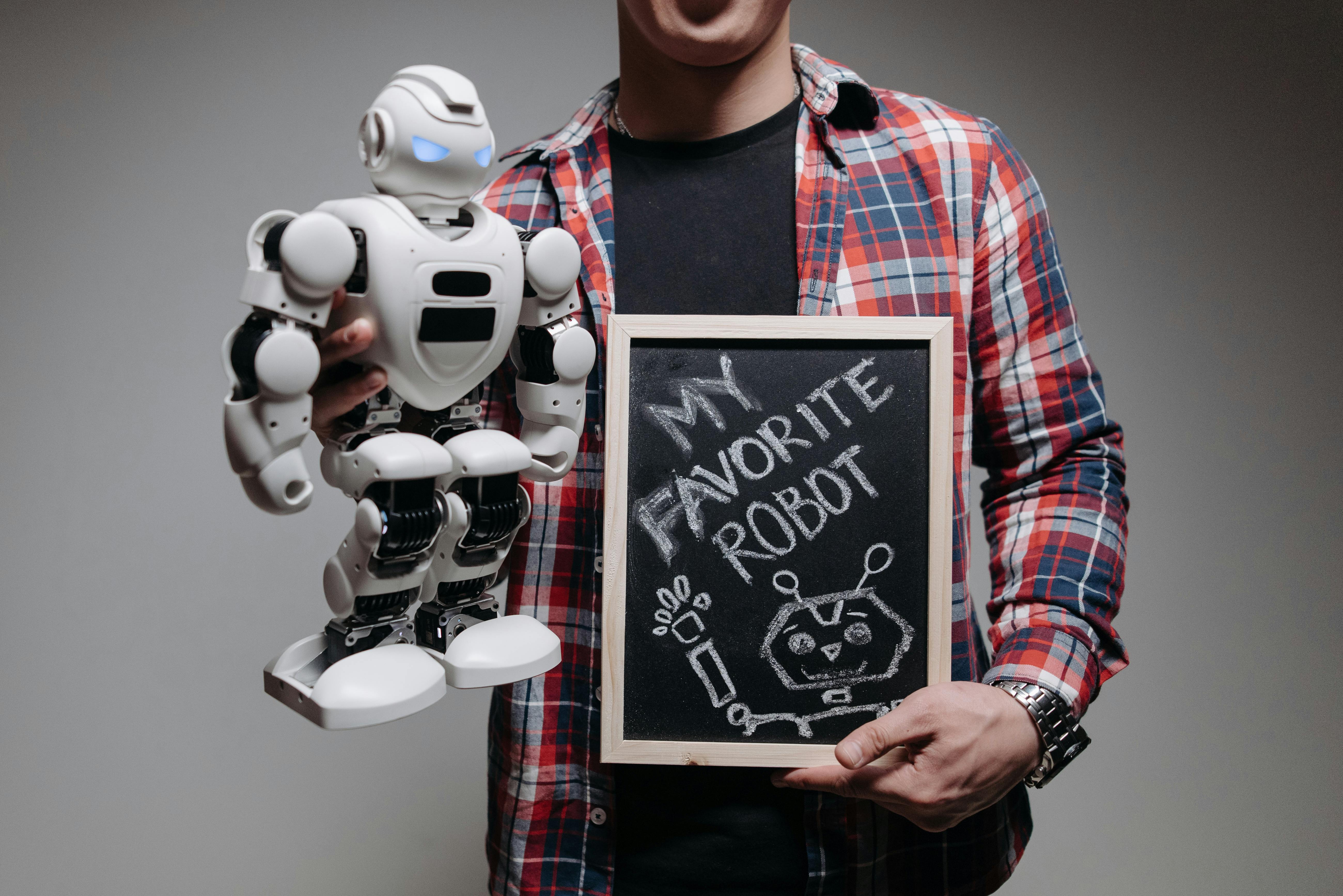
Swedish Scientists Use AI Simulations to Solve Perovskite Solar Cell Challenges
In recent years, the push for renewable energy sources has intensified, with solar power leading the charge. Amongst the various technologies vying for prominence, perovskite solar cells stand out due to their potential for high efficiency and low production costs. However, significant challenges regarding stability and efficiency have hampered their widespread adoption. Fortunately, recent advancements in artificial intelligence (AI) have provided a lifeline. Researchers in Sweden are pioneering the use of AI simulations to overcome these challenges, possibly accelerating the global adoption of next-generation solar technology.
Understanding Perovskite Solar Cells
Perovskite solar cells are named after the mineral perovskite, which has a specific crystal structure that lends itself well to light absorption. These cells have rapidly gained attention since their conception due to their high power conversion efficiency and the ability to be manufactured using low-cost materials and processes.
- Efficiency: Perovskite solar cells have achieved efficiencies exceeding 25%, making them competitive with traditional silicon solar cells.
- Cost-Effectiveness: Their simpler manufacturing processes promise lower production costs.
- Flexibility: They can potentially be made semi-transparent and flexible, opening new applications in building-integrated photovoltaics.
Despite these advantages, the commercial viability of perovskite solar cells has been hindered primarily due to issues related to stability. Environmental factors such as moisture and temperature fluctuations can significantly degrade performance, leading to concerns over longevity and reliability.
The Role of AI in Advancing Solar Technology
AI has transformed numerous fields, and its application in materials science is particularly promising. Researchers at various Swedish universities have embarked on an initiative to harness AI for enhancing the performance of perovskite solar cells—specifically targeting their efficiency and stability problems.
How AI Simulations Work
The researchers utilize machine learning algorithms to simulate various environmental conditions and assess the performance of perovskite materials. This enables them to predict how different compounds and structures will react to factors like humidity and temperature, all without the need for extensive physical testing.
- Data Collection: Large datasets of material properties and their performance outcomes are compiled.
- Model Training: Machine learning models are trained on these datasets to recognize patterns and correlations.
- Simulation: Once the model is trained, it can simulate new conditions and predict performance accurately.
- Material Discovery: This approach allows researchers to discover new materials or modifications to existing perovskite formulations that could enhance stability.
Improving Stability and Efficiency
Recent AI-driven simulations have suggested specific composite materials that could improve the stability of perovskite cells. For instance, the integration of certain additives has shown promising results in increasing resistance to moisture and thermal degradation.
Furthermore, the simulations have highlighted structural adjustments in the crystal lattice of perovskite materials, which could lead to enhanced charge transport properties. By optimizing these structures, the efficiency of energy conversion can be improved, pushing perovskite technology closer to commercial viability.
Collaborative Efforts and Future Prospects
Collaboration among various research institutions in Sweden has fostered a robust environment for innovation. By sharing data and insights, researchers are building a comprehensive understanding of how to optimize perovskite solar cells effectively. This collective effort is crucial for developing scalable solutions that can be implemented globally.
- Industry Partnerships: Collaborations with the solar industry are also being established to explore practical applications of the research findings.
- Sustainability Focus: Ongoing research aims to ensure that the materials used in perovskite solar cells are not only efficient but also sustainable.
Implications for the Future of Solar Energy
The successful application of AI in solving the challenges posed by perovskite solar cells could have far-reaching implications. An increase in the efficiency and reliability of these cells means that solar technology could become more accessible and appealing to consumers and businesses alike.
As stability improves, we can expect perovskite solar cells to be integrated into various environments—from residential rooftops to large-scale solar farms. Furthermore, advancements in this field align with global energy goals, making solar power a more viable option as nations strive to reduce their carbon footprints.
Conclusion
The pioneering work being done by Swedish scientists in applying AI simulations to perovskite solar cells represents a significant breakthrough in renewable energy technology. As research progresses, we eagerly anticipate the impact these innovations will have on the solar industry and how they may catalyze the transition to a more sustainable energy future.
Disclosure: We earn commissions if you purchase through our links. We only recommend tools tested in our AI workflows.

这篇文章真是让我大开眼界!AI在太阳能领域的应用前景太棒了,特别是针对钙钛矿太阳能电池的改进,简直是点石成金。那些瑞典研究人员的创新思路,用AI模拟材料特性,真是比传统实验高效太多了。想到未来屋顶都能看到这种高效又稳定的太阳能电池,我就特别兴奋。不过,稳定性问题还是得持续攻克,期待工业界和学术界能加快脚步,让这项技术早日落地。毕竟,清洁能源这么重要,我们等不了太久!